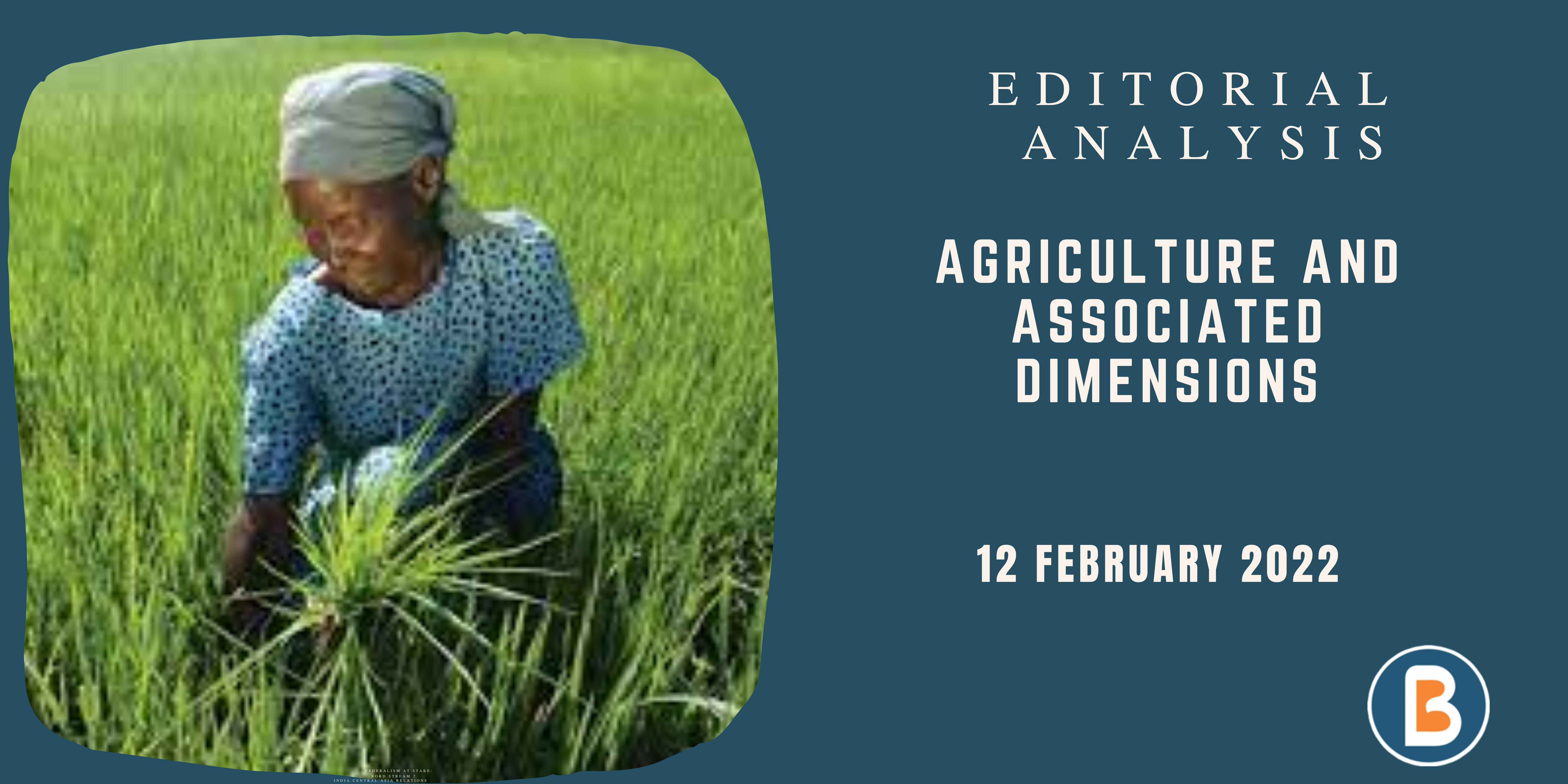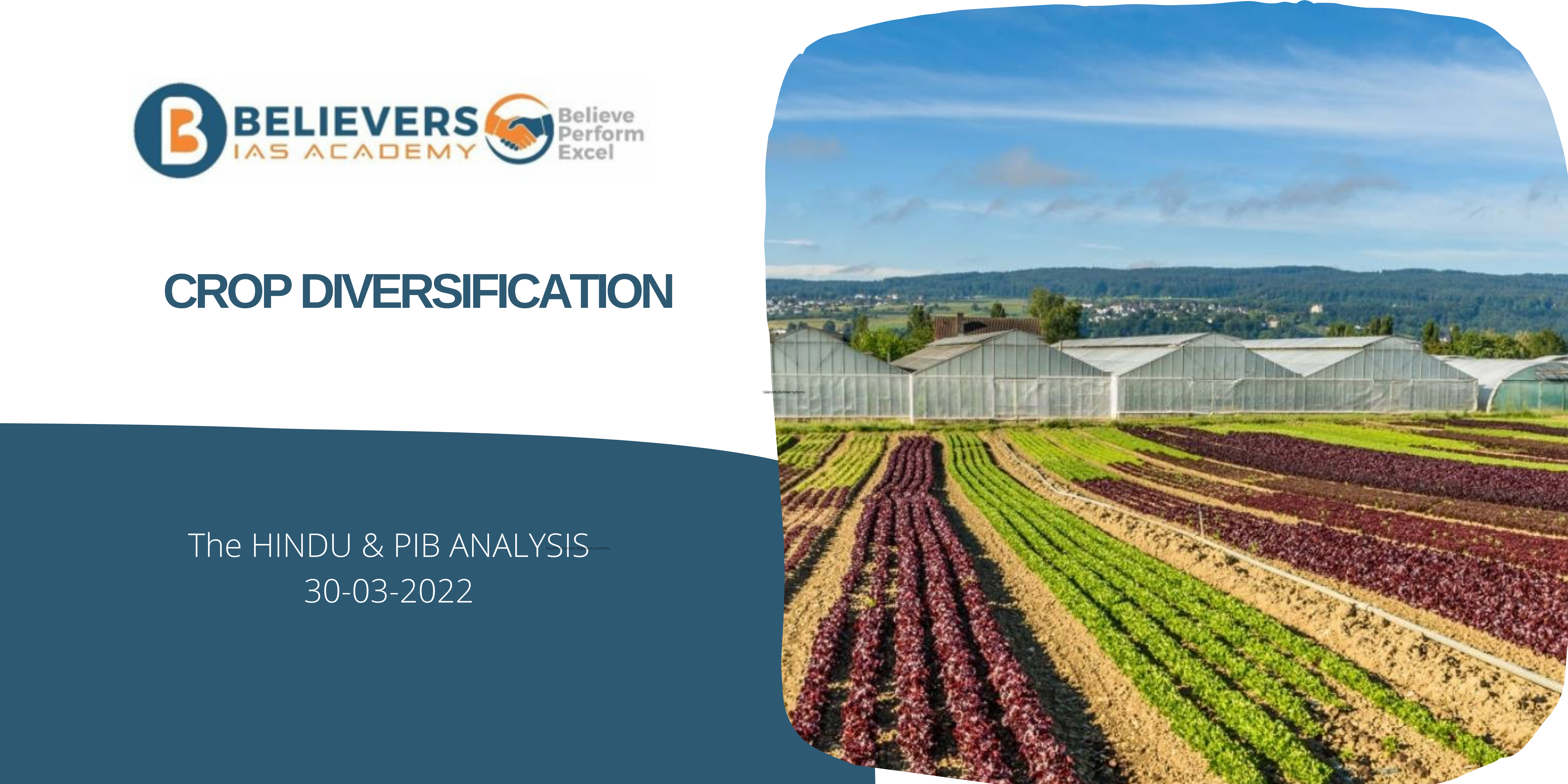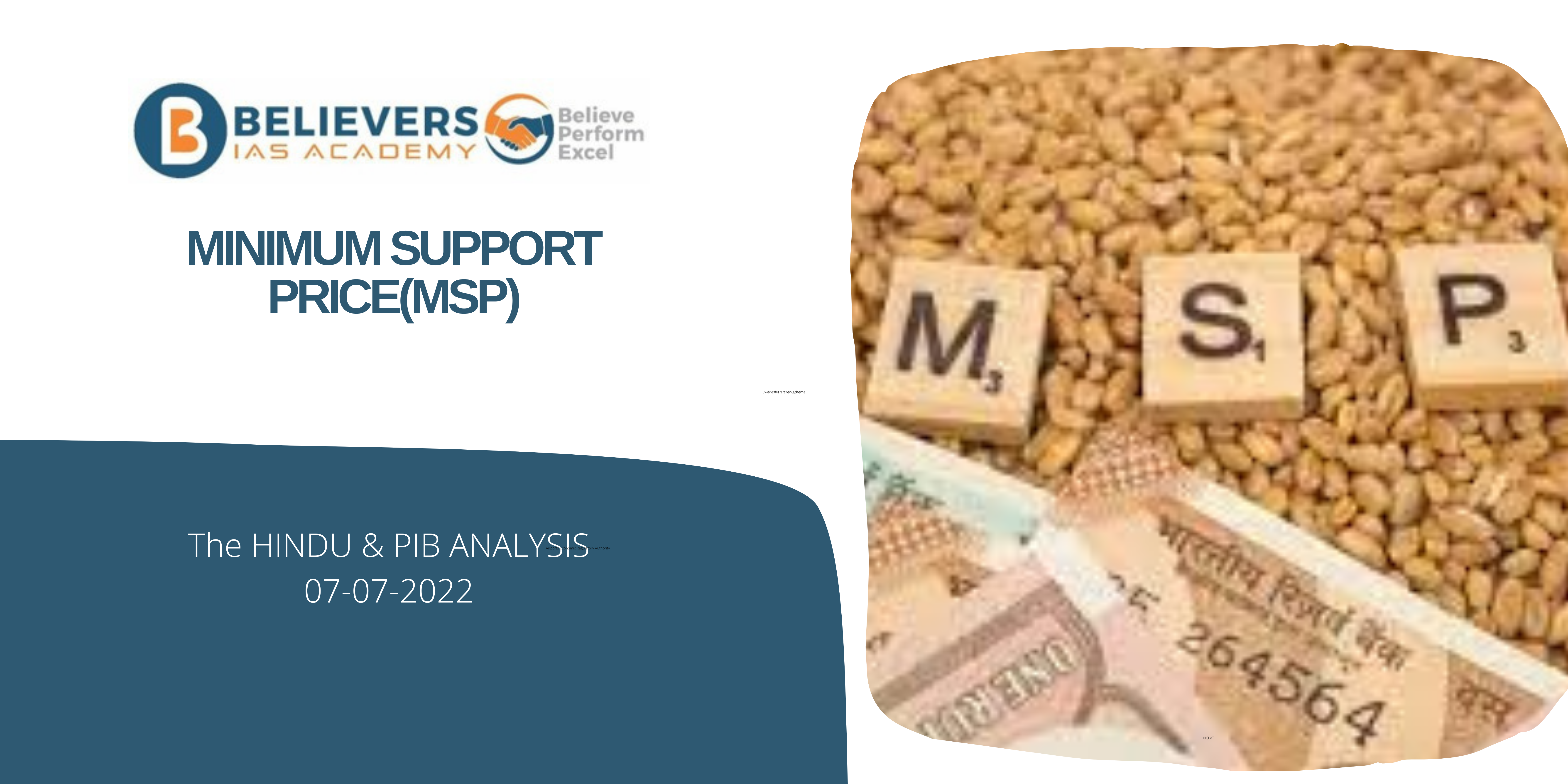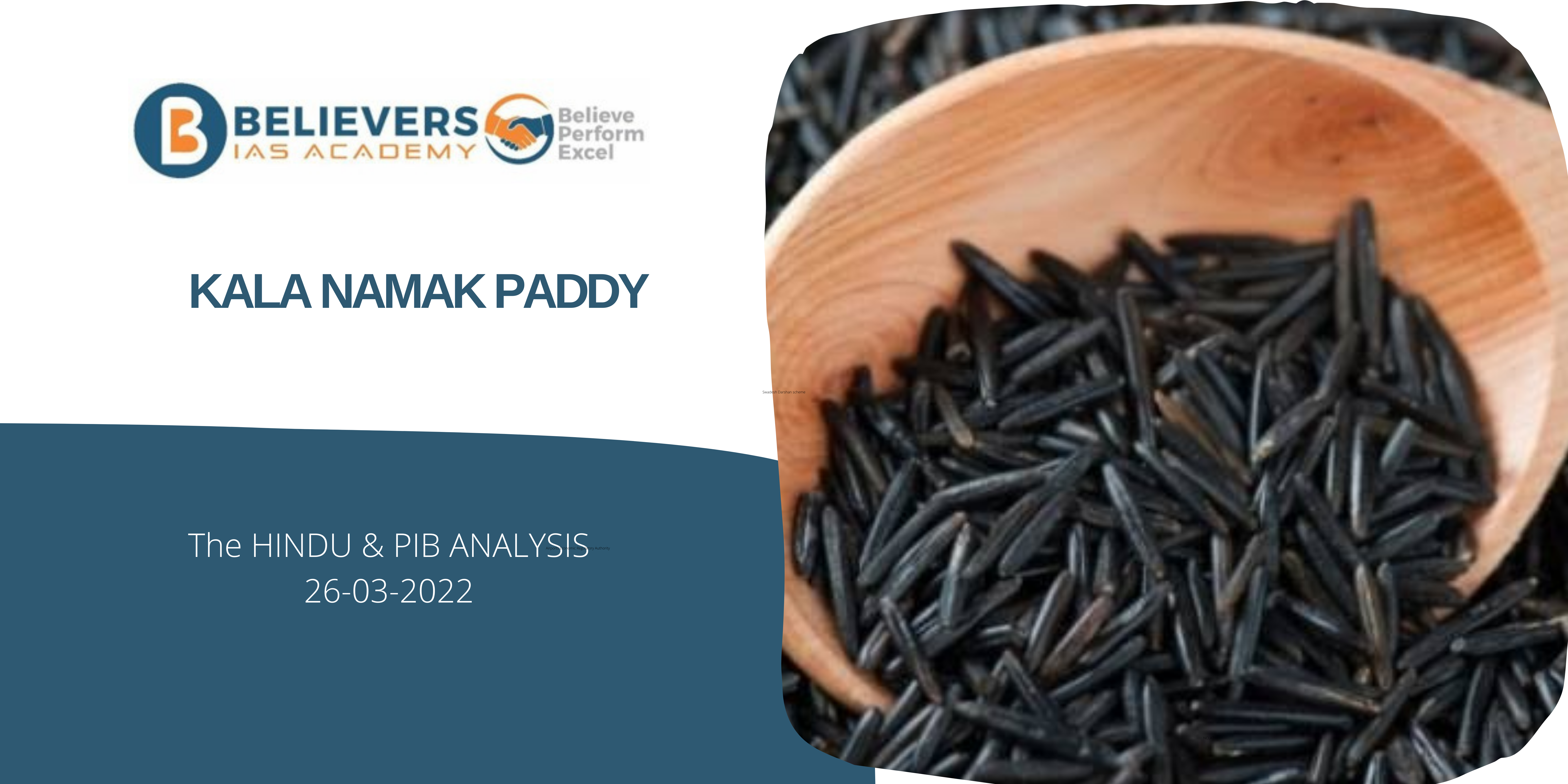Agriculture and Associated Dimensions
Introduction:
- While the overall budgetary allocation towards the agricultural sector has marginally increased by 4.4% in the Union Budget 2022-23, the rate of increase is lower than the current inflation rate of 5.5%-6%.
- The Food and Agriculture Organization (FAO) of the United Nations (UN) reportfor 2001 to 2019 shows that, globally, India is among the top 10 countries in terms of government spending in agriculture, constituting a share of around 7.3% of its total government expenditure.
- However, India lags behind several low-income countries such as Malawi (18%), Mali (12.4%), Bhutan (12%), Nepal (8%), as well as upper middle-income countries such as Guyana (10.3%) and China (9.6%).
Agriculture Orientation Index (AOI):
- It measures the ratio between government spending towards the agricultural sector and the sector’s contribution to GDP.
- AOI was developed as part of the Goal 2 (Zero Hunger) of the 2030 Agenda for Sustainable Development in 2015.
- What low AOI indicates: India’s index is one of the lowest, reflecting that the spending towards the agricultural sector is not commensurate with the sector’s contribution towards GDP.
- India holds only the 38th rank in the world.
- Although the AOI has shown an improvement since the mid-2000s, as part of the general revival that took place in several middle-income countries, India’s AOI is one of the lowest in Asia and among several other middle-income and upper-income countries.
Situation in Asia:
- Asia as a whole performs much better, with a relatively higher performance by Eastern Asian countries.
- China has been doing remarkably well with an index steadily improving and crossing one.
- Similarly, in countries such as the Republic of Korea, the value of AOI has been greater than one and greater than two since 2005-06 respectively.
- Even lower income African countries such as Zambia, have commendable spending in the agricultural sector despite being a landlocked country.
- India holds only the 38th rank in the world, despite being an agrarian economy wherein a huge population is dependent on the agricultural sector for its livelihood, and despite being among the largest producers of several crops produced and consumed in the world.
- The enormous spending on the agricultural sector by East Asian countries is also reflected in their higher crop yield.
Other significant reductions:
- The Pradhan Mantri Annadata Aay SanraksHan Abhiyan (PM-AASHA) experienced a significant reduction to only one crore as against the allocation of ₹400 crore in 2021-22.
- It was allocated just ₹1 crore for the year as against an expenditure of ₹400 crore in 2021-22.
- Both schemes are pertinent to ensure MSP-based procurement operations in the country, especially for pulses and oil seeds.
- Furthermore, the distribution of pulses to States for welfare schemes has also been reduced to ₹9 crore as compared to the ₹50 crore of FY 2021-22 (revised estimates) and the allocated amount of ₹300 crore in the year 2021-22.
Conclusion:
The intensification in government spending towards the agricultural sector is the key to attain the sustainable development goals of higher agricultural growth and farm income.
Source The Hindu




